- What is a greenhouse?
- Advantages of using a greenhouse for watermelon cultivation:
- Advantages of growing watermelons in a greenhouse
- Step 1: Choosing the right watermelon variety
- Factors to consider when selecting a variety
- 1. Growth habit
- 2. Fruit size
- 3. Disease resistance
- 4. Days to maturity
- 5. Flavor and texture
- 6. Seed availability
- 7. Local climate
- Recommended watermelon varieties for greenhouse cultivation
- Step 2: Preparing the greenhouse
- Cleaning and disinfecting the greenhouse
- Setting up temperature and humidity controls
- 1. Install a thermometer and hygrometer
- 2. Utilize ventilation
- 3. Insulate your greenhouse
- 4. Shade the greenhouse
- 5. Use a misting system
- 6. Monitor and adjust
- Step 3: Starting the seeds
- Preparing the soil for planting
- “Question-Answer”
- How do I grow watermelons in a greenhouse?
- What type of soil is best for growing watermelons in a greenhouse?
- Can I start watermelon seeds indoors before transplanting them into the greenhouse?
- How often should I water watermelon plants in a greenhouse?
- What pests and diseases should I watch out for when growing watermelons in a greenhouse?
- “Video” 5 Steps to Growing Watermelon
Watermelons are a delicious and refreshing fruit that many people enjoy during the summer months. While watermelons are typically grown outdoors in gardens or fields, it is also possible to grow them independently in a greenhouse. Growing watermelons in a greenhouse has several advantages, such as being able to control the temperature and environment, which can lead to a higher yield and improved fruit quality.
In this step-by-step guide, we will walk you through the process of growing watermelons independently in a greenhouse. From choosing the right variety of watermelon to preparing the soil and caring for the plants, we will cover all the essential steps to ensure a successful harvest.
Step 1: Choose the Right Variety
The first step in growing watermelons in a greenhouse is selecting the right variety. Some varieties are better suited for greenhouse cultivation, as they have shorter growing cycles, compact growth habits, and smaller fruits. Look for varieties specifically labeled as suitable for greenhouse or indoor cultivation.
Step 2: Prepare the Soil
Prepare the soil in your greenhouse by removing weeds and debris. Watermelons prefer well-draining soil, so be sure to amend the soil with organic matter such as compost or well-rotted manure. This will help improve the soil structure and fertility, ensuring optimal growth and fruit development.
Step 3: Sow Seeds or Transplant Seedlings
Once the soil is prepared, you can either sow watermelon seeds directly into the ground or transplant seedlings. If sowing seeds, plant them about 1 inch deep and 3 to 4 feet apart. If transplanting seedlings, space them similarly, ensuring enough room for each plant to grow and spread. Water the newly planted seeds or seedlings thoroughly.
What is a greenhouse?
A greenhouse is a structure or a building where plants are grown in a controlled environment. It is designed to provide plants with optimal growing conditions by regulating temperature, humidity, and light levels.
Greenhouses are usually made of transparent or translucent materials, such as glass or plastic, to allow sunlight to enter and create a greenhouse effect. This effect helps to trap heat inside the greenhouse, creating a warmer atmosphere compared to the outside environment.
The controlled environment inside a greenhouse allows gardeners and farmers to extend the growing season, grow plants in areas with harsh climates, protect crops from pests and diseases, and have more control over the growing conditions to optimize plant growth and yield.
Common features of a greenhouse include ventilation systems, shade cloths, watering systems, and sometimes heating systems. These features help to maintain the ideal temperature, humidity, and air circulation within the greenhouse.
Greenhouses can vary in size, from small structures built in backyards or gardens to large commercial operations. They can be used for growing a wide variety of plants, including vegetables, flowers, herbs, and even tropical plants that require specific climatic conditions.
Advantages of using a greenhouse for watermelon cultivation:
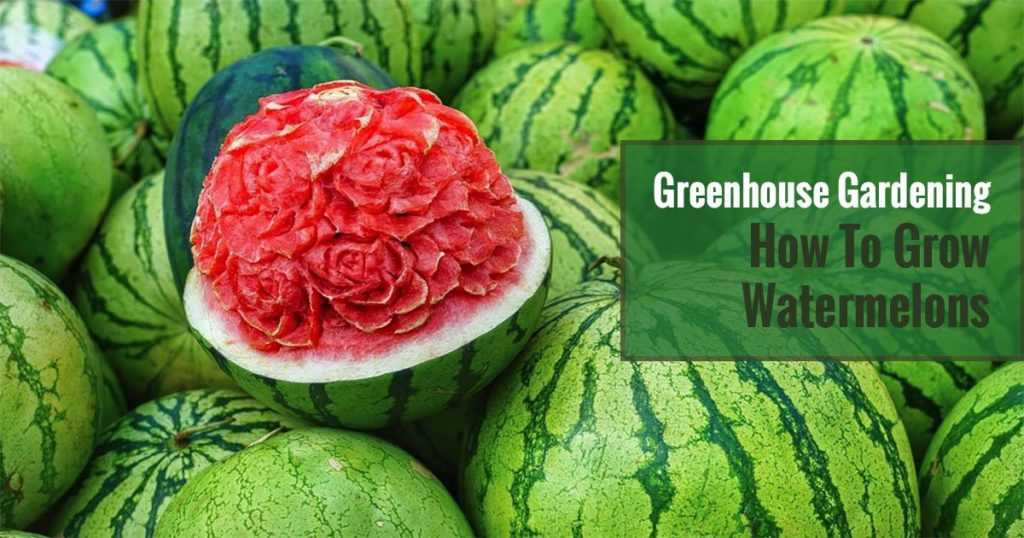
- Protection from extreme weather conditions, such as frost and hail.
- Control over temperature and humidity, enabling year-round cultivation.
- Provides a pest and disease-free environment.
- Extend the growing season and harvest watermelons earlier.
- Allows customization of growing conditions for optimal watermelon growth and yield.
Advantages of growing watermelons in a greenhouse
Growing watermelons in a greenhouse offers several advantages compared to growing them outdoors. Here are some of the key benefits:
Extended growing season: With a greenhouse, you can start growing watermelons earlier in the year and continue growing them for a longer period. This allows you to have a continuous supply of fresh watermelons throughout the year, regardless of the outdoor climate.
Protection from weather conditions: By growing watermelons in a greenhouse, you can protect them from extreme weather conditions such as frost, heavy rain, strong winds, and hail. This reduces the risk of plant damage and ensures a higher yield.
Controlled environment: Greenhouses provide the ability to control various environmental factors such as temperature, humidity, and light. This allows you to create optimal growing conditions for watermelons, resulting in healthier plants and higher-quality fruits.
Pest and disease management: Growing watermelons in a greenhouse helps to minimize the risk of pest infestations and disease outbreaks. The enclosed space makes it easier to monitor and control pests, while the controlled environment reduces the risk of diseases spreading.
Higher yield and quality: Due to the controlled environment, watermelons grown in a greenhouse typically have a higher yield and better quality. The consistent growing conditions and protection from external factors result in larger, sweeter, and juicier fruits.
Space optimization: Greenhouses allow for vertical gardening, maximizing the use of limited space. By utilizing trellises or vertical growing systems, you can grow watermelons upwards, making efficient use of the available area.
Overall, growing watermelons in a greenhouse offers numerous advantages, including an extended growing season, protection from weather conditions, controlled environment, pest and disease management, higher yield and quality, and space optimization. These benefits make greenhouse cultivation an excellent choice for growing watermelons independently.
Step 1: Choosing the right watermelon variety
Choosing the right watermelon variety is an important first step in growing watermelons independently in a greenhouse. There are several factors to consider when selecting the variety:
- Growing season: Determine the length of your growing season and choose a watermelon variety with a maturity date that fits within that timeframe. This information can usually be found on the seed packet or from a reputable seed supplier.
- Size: Consider the desired size of the watermelons you want to grow. Some varieties produce small or personal-sized melons, while others produce larger fruits. Keep in mind the available space in your greenhouse when selecting the size of the variety.
- Taste and texture: Different varieties of watermelons have varying flavors and textures. Some are sweeter and more crisp, while others may be juicier or have a different flavor profile. Take your personal preference into account when choosing a variety.
- Seedless or seeded: Decide whether you want to grow seedless or seeded watermelons. Seedless varieties are typically easier to eat and are preferred by many consumers. However, they may require more attention and care during the growing process.
- Resistance to diseases and pests: Check if the variety you are considering has any resistance to common watermelon diseases or pests. This can help ensure a higher chance of successful cultivation and reduce the need for chemical interventions.
Once you have considered these factors, you can make an informed decision and choose the right watermelon variety for your greenhouse growing project.
Factors to consider when selecting a variety
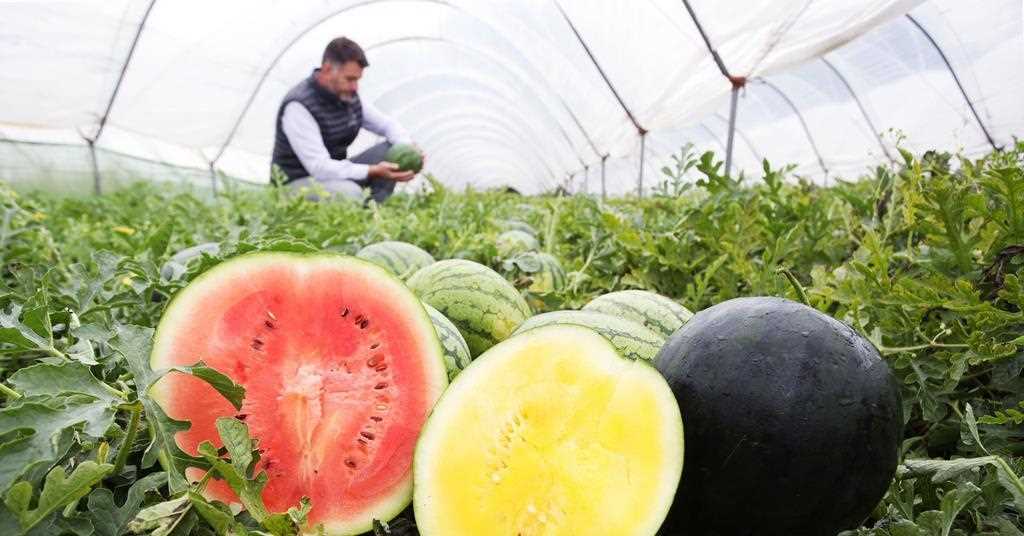
When selecting a watermelon variety to grow independently in a greenhouse, there are several factors to consider. These factors will help determine the success and suitability of the variety for your greenhouse conditions.
1. Growth habit
Watermelons can have either a determinate or indeterminate growth habit. Determinate varieties tend to be more compact and bushier, making them suitable for smaller greenhouse spaces. Indeterminate varieties, on the other hand, have a vining growth habit and require more space.
2. Fruit size
Consider the desired fruit size when selecting a variety. Watermelons can range from small personal-sized fruits to large picnic-sized ones. Choose a variety that aligns with your preferences and market demands.
3. Disease resistance
Different watermelon varieties have varying levels of resistance to common diseases such as powdery mildew, fusarium wilt, and anthracnose. It’s important to choose a variety that is known to have good disease resistance to minimize the risk of crop loss.
4. Days to maturity
Pay attention to the number of days it takes for the watermelon variety to reach maturity. This will help you plan and manage your greenhouse production cycle more effectively.
5. Flavor and texture
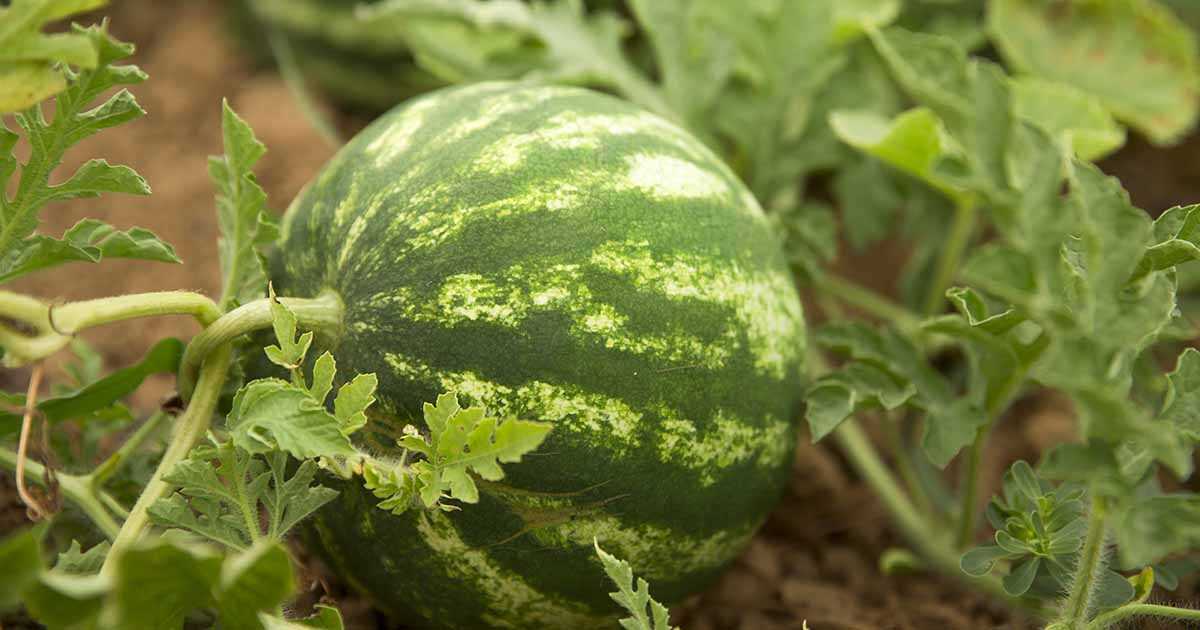
Watermelons come in various flavors and textures. Some varieties are known for their sweet, juicy flavor, while others have a more dense and crisp texture. Consider the taste and texture preferences of your target audience when selecting a variety.
6. Seed availability
Availability of quality seeds for the selected variety is an important consideration. Ensure that the variety you choose has reliable seed sources to ensure a consistent supply.
7. Local climate
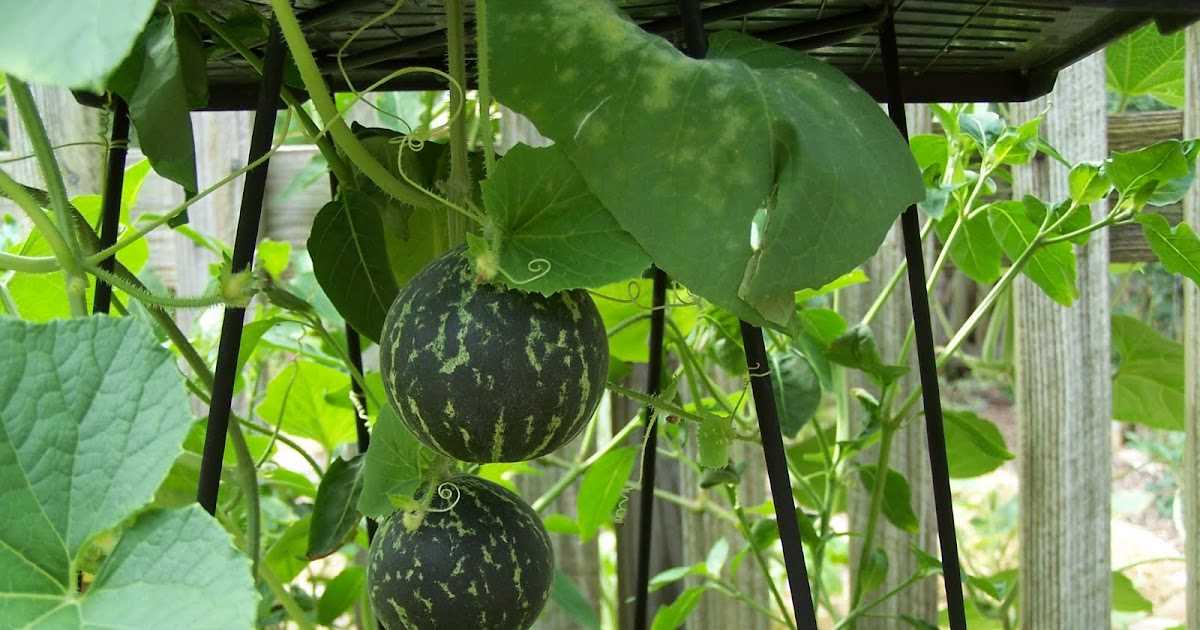
Consider the climate conditions in your local area when selecting a watermelon variety. Choose a variety that is well-suited to your specific climate, whether it be a cooler or warmer region.
By considering these factors, you can choose a watermelon variety that is best suited for your greenhouse conditions and market preferences.
Recommended watermelon varieties for greenhouse cultivation
When choosing watermelon varieties for greenhouse cultivation, it is important to select ones that are well-suited to the controlled environment of a greenhouse. Here are some recommended watermelon varieties that thrive in greenhouse conditions:
- Sugar Baby: This variety is known for its small size and sweet flavor. It has a short growing season, making it ideal for greenhouse cultivation.
- Crimson Sweet: Crimson Sweet watermelons are known for their deep red, juicy flesh. They have a high sugar content and are a popular choice for greenhouse growers.
- Athena: Athena watermelons are seedless, making them convenient for consumption. They have a high resistance to diseases, making them a reliable choice for greenhouse cultivation.
- Charleston Gray: Charleston Gray watermelons are known for their large size and sweet flavor. They have a long shelf life and are a popular choice for commercial greenhouse cultivation.
- Jubilee: Jubilee watermelons have a sweet, crisp flesh and a thick rind, making them a durable choice for greenhouse cultivation. They have a long growing season, allowing for a bountiful harvest.
It is important to consider the specific requirements and characteristics of each variety when selecting watermelons for greenhouse cultivation. Factors such as yield, disease resistance, and taste should all be taken into account.
Step 2: Preparing the greenhouse
Before you start growing watermelons in your greenhouse, it is important to properly prepare the environment for optimal growth. Here are the steps to prepare your greenhouse for watermelon cultivation:
- Clean the greenhouse: Remove any debris, weeds, or dead plants from the greenhouse to create a clean and tidy environment for your watermelon plants.
- Inspect the structure: Check for any damages or leaks in the greenhouse structure. Repair or replace any broken or damaged parts to ensure proper insulation and climate control.
- Set up ventilation: Install proper ventilation systems such as fans or vents to maintain airflow and control the temperature inside the greenhouse. Watermelons thrive in warm temperatures, but they also require adequate ventilation to prevent heat stress.
- Install shading: Because watermelons are sensitive to excessive sunlight and heat, it is important to install shading or use shade cloth to protect the plants from direct sunlight during the hottest parts of the day.
- Prepare the soil: Watermelons prefer well-draining soil with a pH level between 6.0 and 7.5. Test the soil and make necessary amendments to ensure optimal growing conditions for watermelons.
- Optimize irrigation: Install a drip irrigation system or set up sprinklers to provide consistent and controlled watering to the watermelon plants. This will help prevent overwatering or underwatering, which can negatively affect growth and fruit development.
- Organize the layout: Plan the layout of your watermelon plants in the greenhouse. Consider spacing requirements and the trellising system you will use to support the vines as they grow. This will help maximize the use of space and ensure proper airflow between the plants.
By following these steps, you will create an ideal environment for growing watermelons in your greenhouse. This will ensure better growth, higher yield, and healthier plants throughout the growing season.
Cleaning and disinfecting the greenhouse
Keeping the greenhouse clean and free from pests and diseases is essential for successful watermelon growth. Regular cleaning and disinfecting will help maintain a healthy growing environment. Here are some steps to clean and disinfect your greenhouse:
- Remove all plants and debris: Start by removing all plants, weeds, and debris from the greenhouse. Dispose of them properly to prevent the spread of diseases.
- Clean the surfaces: Use a brush or broom to sweep the floors, walls, and shelves of the greenhouse. Remove any dirt, dust, or cobwebs that may have accumulated.
- Wash with soap and water: Mix a mild soap or detergent with water and use a sponge or cloth to clean the surfaces of the greenhouse. Scrub the walls, benches, and even the pots or containers to remove any organic matter.
- Rinse thoroughly: After washing, rinse all surfaces with clean water to remove any soap residue. This is important to prevent any damage to the watermelon plants.
- Disinfect: Once the greenhouse is rinsed, disinfect the surfaces using a suitable disinfectant. Choose a disinfectant that is safe for use in a greenhouse and follow the manufacturer’s instructions for dilution and application.
- Focus on high-risk areas: Pay extra attention to high-risk areas such as door handles, light fixtures, and air vents. These areas are more likely to harbor pests and diseases.
- Clean the tools: Don’t forget to clean and disinfect all the tools used in the greenhouse, including pruners, pots, and trays. This will prevent the transfer of diseases from one plant to another.
Regularly cleaning and disinfecting the greenhouse will help create a healthier growing environment for your watermelon plants. It will minimize the risk of diseases, pests, and weeds, and increase the chances of a successful harvest.
Setting up temperature and humidity controls
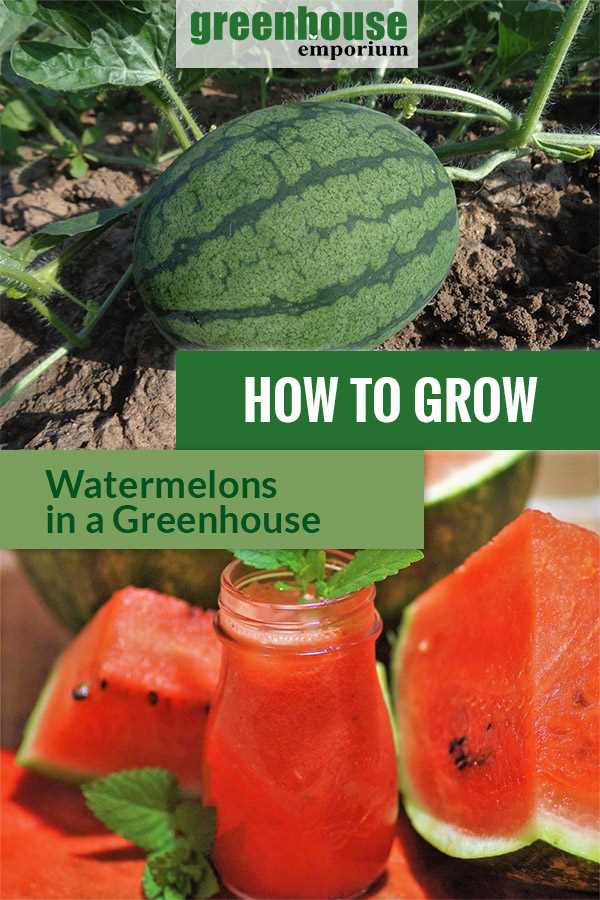
Successful watermelon cultivation in a greenhouse requires careful control of temperature and humidity levels. This ensures the plants thrive in the optimal growing conditions, which promotes healthy growth and fruit production. Below are some essential steps to set up temperature and humidity controls in your greenhouse:
1. Install a thermometer and hygrometer
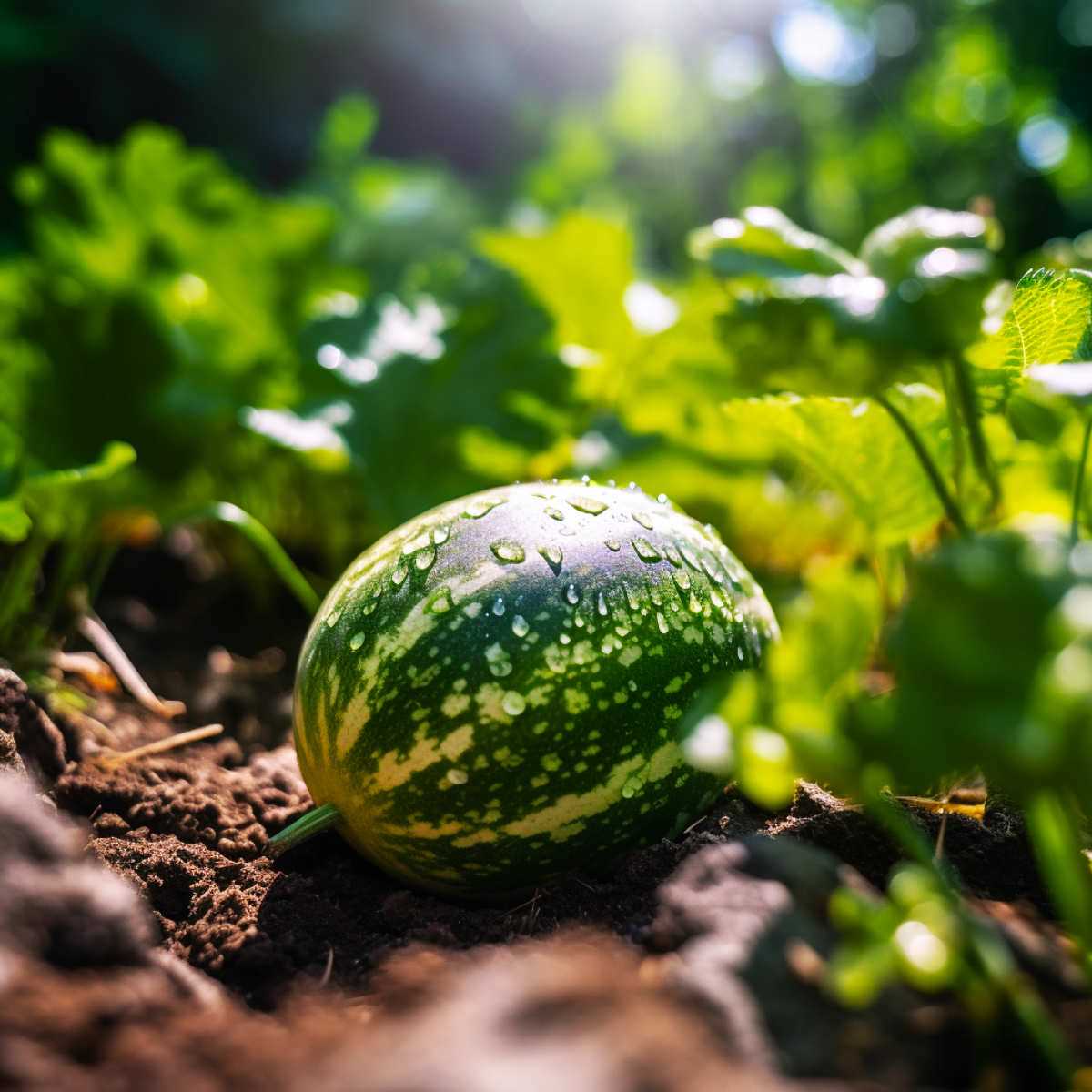
The first step is to install a thermometer to monitor the temperature inside the greenhouse. Place it at plant height to get an accurate measurement of the conditions the watermelons are experiencing. Additionally, install a hygrometer to measure the humidity levels in the greenhouse. These devices are essential for keeping track of the climate conditions.
2. Utilize ventilation
Proper ventilation is crucial for regulating temperature and humidity. Install vents or fans in your greenhouse to circulate air and maintain a steady airflow. This helps prevent overheating and reduces humidity levels. Consider using an automatic ventilation system that opens and closes vents based on temperature and humidity settings.
3. Insulate your greenhouse
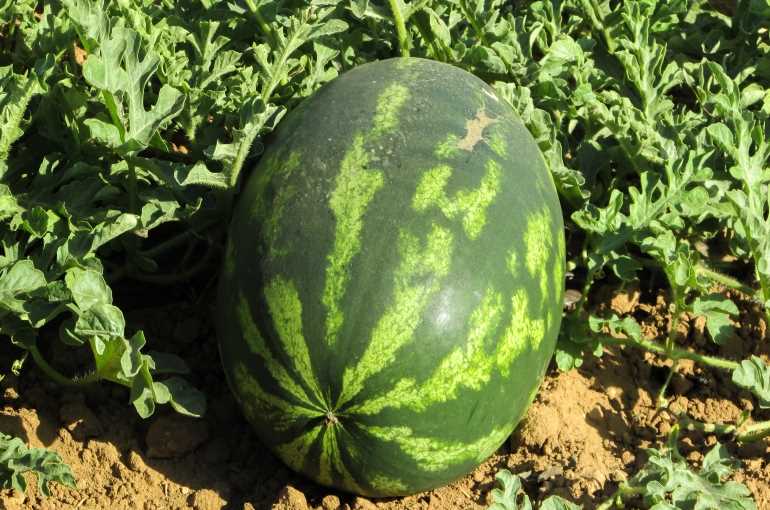
Insulating your greenhouse can help maintain a stable temperature. Use double-glazed windows or install a layer of bubble wrap on the inside of the greenhouse to provide insulation. Insulation helps to retain heat during colder months and prevents excessive heat buildup during hot weather.
4. Shade the greenhouse
During periods of intense sunlight, it may be necessary to provide shade to prevent the greenhouse from becoming too hot. Use shade cloth or blinds to reduce the amount of sunlight entering the greenhouse. This helps maintain a cooler temperature and prevents watermelon plants from getting stressed by excessive heat.
5. Use a misting system
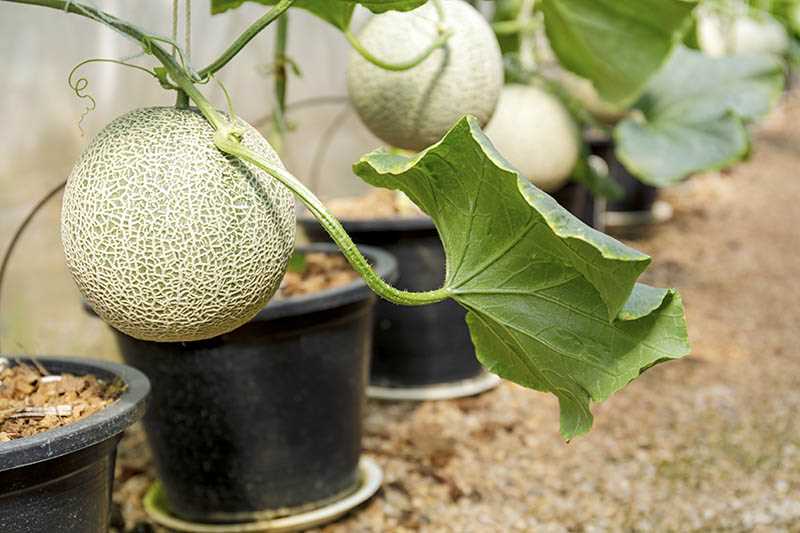
Misting systems can help control humidity levels in the greenhouse. They release a fine mist of water into the air, increasing moisture levels when necessary. This is particularly helpful in dry climates or during periods of low humidity. Set up a timer to ensure consistent misting intervals throughout the day.
6. Monitor and adjust
Regularly monitor the temperature and humidity levels inside the greenhouse. Use the data from the thermometer and hygrometer to adjust the controls as needed. Make small changes gradually to avoid shocking the watermelon plants. Aim for a temperature range of 75-85°F (24-29°C) and a humidity level between 60-80% for optimal watermelon growth.
By following these steps and maintaining proper temperature and humidity controls, you can create an ideal environment for growing watermelons independently in your greenhouse.
Step 3: Starting the seeds
Before starting the seeds, make sure you have the following materials:
- Watermelon seeds
- Seed starting trays or pots
- Seed starting mix or soilless potting mix
- Plastic wrap or a plastic dome
- Spray bottle or mister
- Grow lights or a sunny window
Here are the steps to start your watermelon seeds:
- Fill your seed starting trays or pots with seed starting mix. Make sure it is moist but not soggy.
- Place 2-3 watermelon seeds in each cell or pot, about 1/2 inch deep. Make sure to space them evenly.
- Cover the seeds with a thin layer of seed starting mix.
- Lightly mist the soil with water to ensure it is evenly moist.
- Cover the trays or pots with plastic wrap or a plastic dome to create a greenhouse-like environment. This will help retain moisture and improve germination.
- Place the trays or pots in a warm location, ideally with a temperature of around 75-80°F (24-27°C).
- Once the seeds start to germinate, remove the plastic wrap or dome and place the trays or pots under grow lights or in a sunny window.
- Keep the soil evenly moist, but be careful not to overwater as this can lead to rotting.
- After the seedlings develop their second set of true leaves, thin out the weaker seedlings, leaving only one plant per cell or pot.
Once your watermelon seedlings are about 2-3 inches tall and have several sets of true leaves, they will be ready to be transplanted into larger pots or the greenhouse.
| Tips | Notes |
|---|---|
| Pre-soak the seeds | Soaking the seeds overnight in water can help speed up germination. |
| Use bottom heat | Watermelon seeds prefer warm soil for germination, so using a seedling heat mat can help promote faster and more successful germination. |
| Avoid overwatering | Overwatering can lead to root rot and damp conditions that are not suitable for watermelon seed germination. |
| Thin out seedlings | Removing weaker seedlings allows the remaining ones to have more space, nutrients, and light. |
Preparing the soil for planting
Before planting watermelon seeds in your greenhouse, it is crucial to prepare the soil properly. Follow these steps to ensure your watermelon plants have the best growing conditions:
- Choose a well-draining soil: Watermelons prefer sandy or loamy soil that allows for good drainage. Avoid heavy clay soils that tend to retain moisture.
- Test the pH level: Use a pH testing kit to check the acidity or alkalinity of the soil. Watermelons thrive in slightly acidic soil, with a pH level between 6 and 6.8.
- Amend the soil: If the pH level is too high, add agricultural sulfur to lower it. If the pH level is too low, add lime to raise it. Follow the package instructions for the correct application rates.
- Add organic matter: Mix compost or well-rotted manure into the soil to improve its fertility and moisture retention capabilities. This will provide essential nutrients for the growing watermelon plants.
- Remove weeds and debris: Clear the area of any weeds, rocks, or other debris that may hinder watermelon growth or harbor pests.
- Till the soil: Use a garden tiller or a garden fork to loosen the soil and break up any clods. This will create a loose and aerated planting bed for the watermelon seeds.
- Level the soil: Smooth and level the soil surface using a rake. This will provide an even planting surface and ensure proper water distribution.
By following these steps, you will create an optimal growing environment for your watermelon plants in the greenhouse. The preparation of the soil is essential for the successful growth and development of the watermelons.
“Question-Answer”
How do I grow watermelons in a greenhouse?
To grow watermelons in a greenhouse, you need to start by preparing the soil and ensuring it has good drainage. Sow the watermelon seeds directly into the greenhouse soil or start them indoors and transplant the seedlings later. Provide the plants with plenty of water, sunlight, and support as they grow. Make sure to monitor the temperature and humidity levels in the greenhouse to ensure optimal growing conditions for watermelons.
What type of soil is best for growing watermelons in a greenhouse?
The best soil for growing watermelons in a greenhouse is well-draining soil that is rich in organic matter. Watermelons prefer slightly acidic soil with a pH level of 6.0-6.8. You can achieve this by adding compost or aged manure to the soil. Ensuring good drainage is important to prevent waterlogged soil, which can lead to root rot.
Can I start watermelon seeds indoors before transplanting them into the greenhouse?
Yes, you can start watermelon seeds indoors before transplanting them into the greenhouse. This can give the seedlings a head start and allow you to control their environment more effectively. Start the seeds in biodegradable pots or seed trays filled with well-draining potting mix. Transplant the seedlings into the greenhouse when they have developed a few true leaves and the risk of frost has passed.
How often should I water watermelon plants in a greenhouse?
Watermelon plants in a greenhouse need to be watered regularly, as they have high water requirements. Water the plants deeply, ensuring that the soil is moist but not waterlogged. As a general guideline, water the plants whenever the top inch of soil feels dry. During hot summer months, water may be needed every 3-4 days, but adjust this frequency based on the specific conditions in your greenhouse.
What pests and diseases should I watch out for when growing watermelons in a greenhouse?
When growing watermelons in a greenhouse, you should watch out for pests such as aphids, whiteflies, and spider mites. These can be controlled by regularly inspecting the plants and using organic insecticidal soap or Neem oil. Common diseases that can affect watermelons in a greenhouse include powdery mildew and fusarium wilt. Proper ventilation, keeping the greenhouse clean, and avoiding excess moisture can help prevent these diseases.







